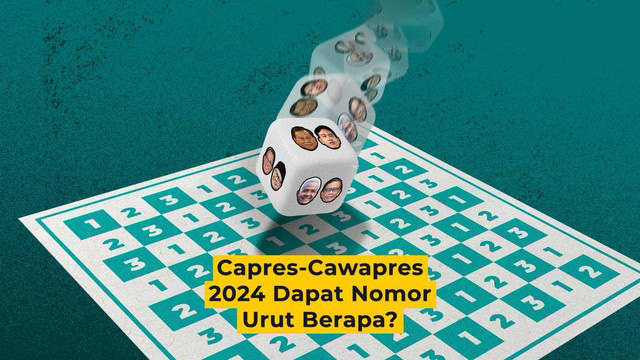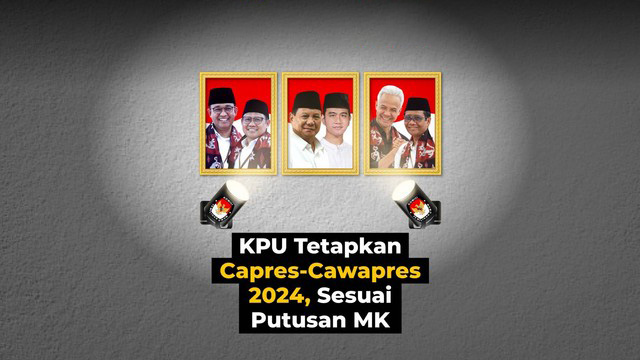How Visual Effects Influence Engagement in Modern Games
In the rapidly evolving landscape of digital entertainment, visual effects (VFX) have become a cornerstone of player engagement. They are not merely aesthetic embellishments but powerful tools that shape emotional responses, guide decisions, and sustain interest in modern games. As technology advances, gamers’ expectations for immersive and visually stimulating experiences continue to rise, making VFX an essential element for developers seeking to captivate their audience.
Table of Contents
- Introduction to Visual Effects in Modern Gaming
- The Psychological Impact of Visual Effects on Player Engagement
- Core Visual Effects Techniques and Their Engagement Benefits
- Modern Examples of Visual Effects Enhancing Gameplay Experience
- The Science Behind Visual Effects and Player Behavior
- Non-Obvious Aspects of Visual Effects in Game Engagement
- Future Trends in Visual Effects and Engagement Strategies
- Conclusion: Crafting Effective Visual Effects for Sustained Engagement
1. Introduction to Visual Effects in Modern Gaming
Visual effects (VFX) encompass all visual enhancements incorporated into a game, including animations, particle effects, lighting, shaders, and environmental modifications. In modern gaming, they serve as crucial tools to communicate game states, amplify excitement, and deepen immersion. The importance of VFX lies in their ability to evoke emotional responses; vibrant visuals can trigger feelings of thrill or wonder, making gameplay more memorable and engaging.
Over the past decade, VFX technology has seen significant evolution—from simple sprite animations to complex real-time rendering powered by advanced GPUs. Today’s expectations involve seamless, high-fidelity visuals that respond dynamically to player actions. For example, in slot games, cascading symbols create a sense of continuous excitement, encouraging players to stay engaged. Such effects are no longer optional but essential for competitive retention strategies.
By influencing emotional responses and psychological engagement, VFX help foster a state of flow where players lose track of time. They stimulate dopamine release, reinforcing positive gameplay experiences and promoting longer play sessions.
2. The Psychological Impact of Visual Effects on Player Engagement
Dynamic visuals naturally capture attention by leveraging motion, color contrast, and visual surprises. For instance, flashing lights or animated symbols in slot machines instantly draw the eye, maintaining interest during long gaming sessions. This attentional capture is rooted in cognitive psychology, which shows that humans are wired to respond to movement and bright colors—traits exploited by VFX designers.
Visual feedback plays a pivotal role in reinforcing player actions. When a player hits a winning combination, accompanying visual cues—such as sparkling effects or animated sparks—confirm success and motivate continued play. This positive reinforcement leverages classical conditioning, where visual rewards become associated with success, encouraging players to persist.
“Enhanced visual cues do not just entertain—they activate neural pathways related to reward, increasing the likelihood of repeated engagement.”
Research indicates that such visual enhancements can elicit emotional responses akin to excitement or anticipation. For example, in a case study involving a popular slot game, players reported feeling more “alive” and motivated when visual effects intensified during bonus rounds, illustrating how VFX influence emotional immersion.
3. Core Visual Effects Techniques and Their Engagement Benefits
Cascading Symbols and Flow Maintenance
Cascading symbols, commonly used in slot games, replace traditional spinning reels with falling or shifting icons. This mechanic sustains a sense of rhythm and anticipation, keeping players engaged by continuously offering new opportunities to win. The visual motion creates a satisfying feedback loop that sustains the flow state—an optimal mental zone for engagement.
Particle Effects, Animations, and Lighting
Particle effects—such as confetti, sparkles, or smoke—add a layer of wonder and celebration. Combined with dynamic animations and lighting, they create immersive environments that feel alive. For example, a glowing aura around winning symbols heightens perceived value and excitement, encouraging further interaction.
Sound-Visual Synchronization
Synchronizing sound effects with visual cues amplifies emotional impact. A triumphant chime paired with a burst of light intensifies feelings of achievement. Studies show that multisensory stimulation enhances memory recall and emotional arousal, making gameplay more memorable.
4. Modern Examples of Visual Effects Enhancing Gameplay Experience
Among the latest releases, best casino for SuperWildCat demonstrates how thoughtful VFX can elevate player experience. Its implementation of Enhancer 2 showcases several principles:
- Enhanced Excitement: Enhancer 2 amplifies visual intensity during key game moments, making wins feel more impactful.
- Cascading Symbols: This mechanic sustains engagement by providing a continuous visual flow, encouraging prolonged play.
- Auto-Credit Features: After interrupted rounds, auto-credit visual cues reassure players of their winnings, reducing frustration.
Such effects are not unique to this game; many contemporary titles leverage similar techniques to retain players, illustrating how VFX serve as both entertainment and subtle behavioral nudges.
5. The Science Behind Visual Effects and Player Behavior
Cognitive load theory suggests that visual complexity must be balanced—too much overload can cause confusion or fatigue, while too little may bore players. Effective VFX strike a balance, maintaining clarity while delivering excitement. For example, minimalistic yet vibrant effects in modern games prevent overstimulation but still energize the experience.
Visual effects act as reward signals, triggering dopamine release in the brain. This neurochemical response reinforces behaviors, making players more likely to repeat actions that lead to visual and emotional rewards. Recognizing this, responsible game design emphasizes rewarding but not manipulative visual cues.
Overstimulation risks include visual fatigue and discomfort, which can drive players away. Incorporating subtle transitions and adjustable effects ensures user comfort and prolonged engagement.
6. Non-Obvious Aspects of Visual Effects in Game Engagement
Cultural and Aesthetic Considerations
VFX design is influenced by cultural aesthetics—what excites or comforts players varies across regions. Bright, flamboyant effects may appeal in some cultures, while minimalistic, elegant visuals resonate in others. Understanding these nuances enhances player connection and retention.
Subtle Guidance of Player Decisions
VFX can subtly guide decisions without overt manipulation. For example, highlighting certain symbols or pathways with gentle glows influences player focus and choices, aligning with cognitive biases like the “primacy effect” to enhance engagement.
Ethical Considerations
Overly sensational or manipulative visuals can lead to problematic gambling behaviors. Ethical design involves creating engaging VFX that enhance experience without exploiting vulnerabilities, fostering responsible gaming environments.
7. Future Trends in Visual Effects and Engagement Strategies
Emerging technologies like augmented reality (AR) and virtual reality (VR) promise unprecedented levels of immersion. Integrating VFX into AR/VR environments allows players to experience effects as part of their real-world surroundings, heightening emotional impact.
Personalization is becoming increasingly feasible through data analytics. VFX can adapt dynamically based on player behavior—intensifying during moments of stress or reducing effects to prevent overstimulation—creating a tailored experience that maximizes engagement.
Artificial intelligence (AI) enables real-time adjustment of VFX, ensuring visuals are optimized for mood and context. For instance, AI can modulate particle density or lighting effects to maintain excitement without overwhelming players, leading to more sustainable engagement.
8. Conclusion: Crafting Effective Visual Effects for Sustained Engagement
The interplay between visual effects and player psychology is complex yet vital. Thoughtfully designed VFX can heighten emotional responses, reinforce positive behaviors, and create memorable gameplay experiences. The case of games like best casino for SuperWildCat exemplifies how modern effects elevate engagement when balanced with user comfort and ethical considerations.
For game designers, leveraging VFX effectively involves understanding both technological possibilities and psychological principles. Innovations like AR, VR, personalization, and AI-driven adjustments are shaping the future, but the core remains: effective visual effects are about enhancing player experience without manipulation or overstimulation.
“Balanced and thoughtful visual effects are not just eye candy—they are strategic tools that deepen engagement, foster emotional connection, and promote responsible gaming.”


















